Best Assisted Living Facilities in Tulsa, OK
Find local assisted living and retirement communities in the Tulsa, OK area.
Did you know that 32.1% of Tulsa's population consists of seniors? Whether you're searching for assisted living, nursing homes, or memory care in Tulsa, there are options available to accommodate various lifestyles and budgets. On average, assisted living in Tulsa costs $4,822 per month, although prices can vary significantly depending on the care level and type of facility you choose. As families embark on finding the perfect place for their loved ones, we've compiled a list of top assisted living communities in Tulsa to facilitate this essential decision-making process.
- Broken Arrow, OK
- Owasso, OK
- Claremore, OK
- Adult Day Services
- Assisted Living
- Home Care
- Independent Living
- Memory Care
- Nursing Home
- Residential Care Home
- Senior Apartments
- Distance from City Center
- Highest Rating
- Name: A - Z
- Name: Z - A
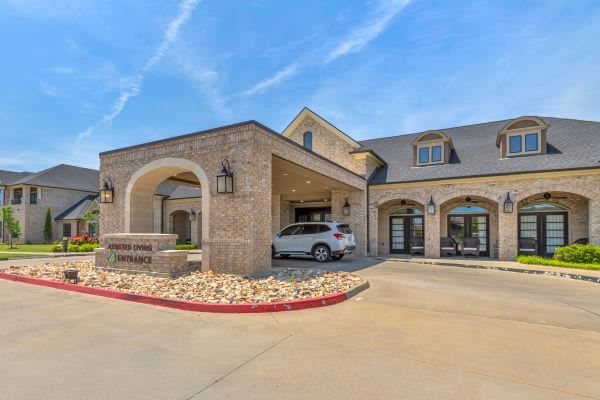
Bellarose Senior Living
18001 E 51st St, Tulsa, OK 74134 (7.6 mi from city center)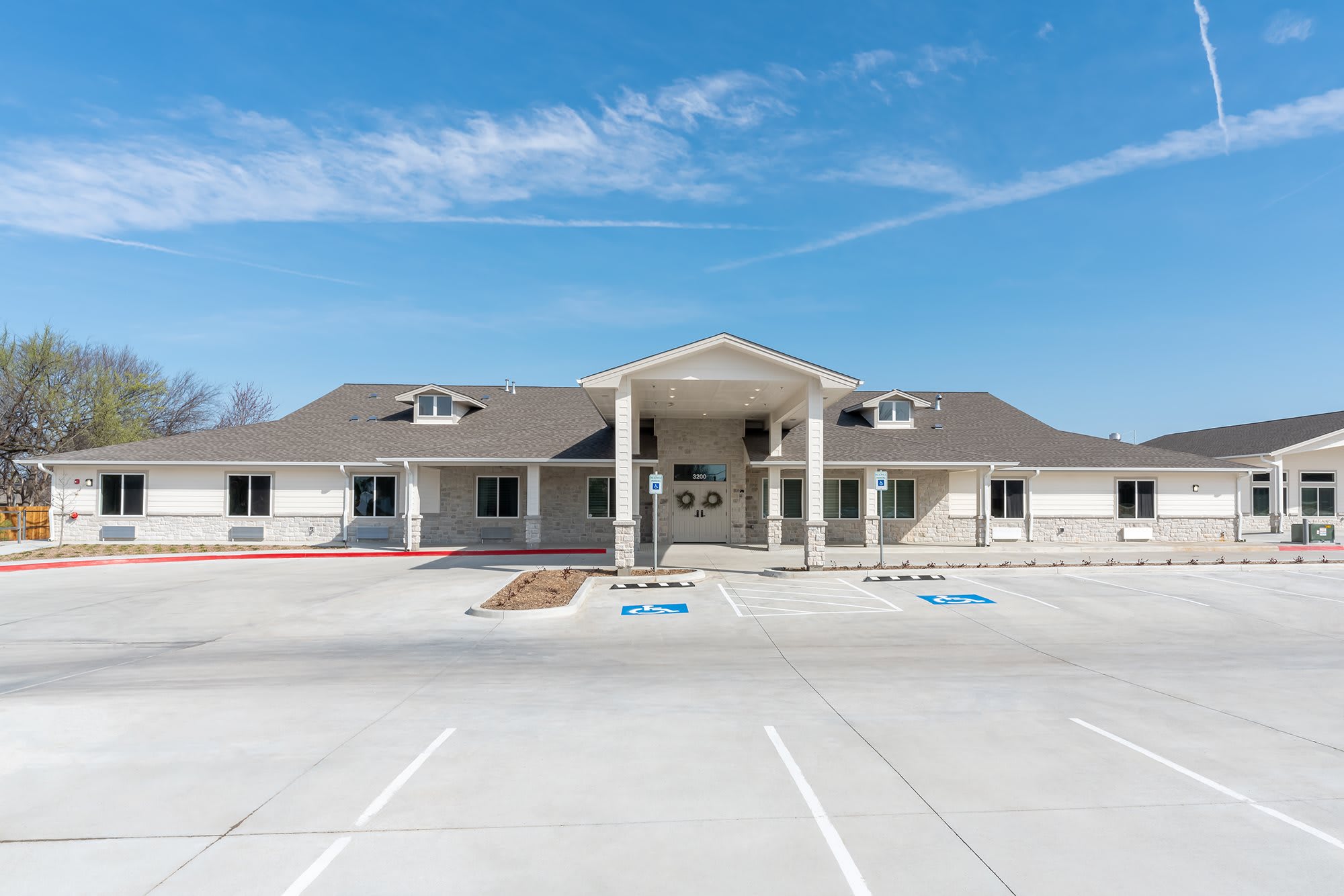
Beehive Homes of Broken Arrow
3200 W Washington St, Broken Arrow, OK 74012 (7.9 mi from city center)
Iris Memory Care Tulsa
9494 E 101st St S, Tulsa, OK 74133 (7.9 mi from city center)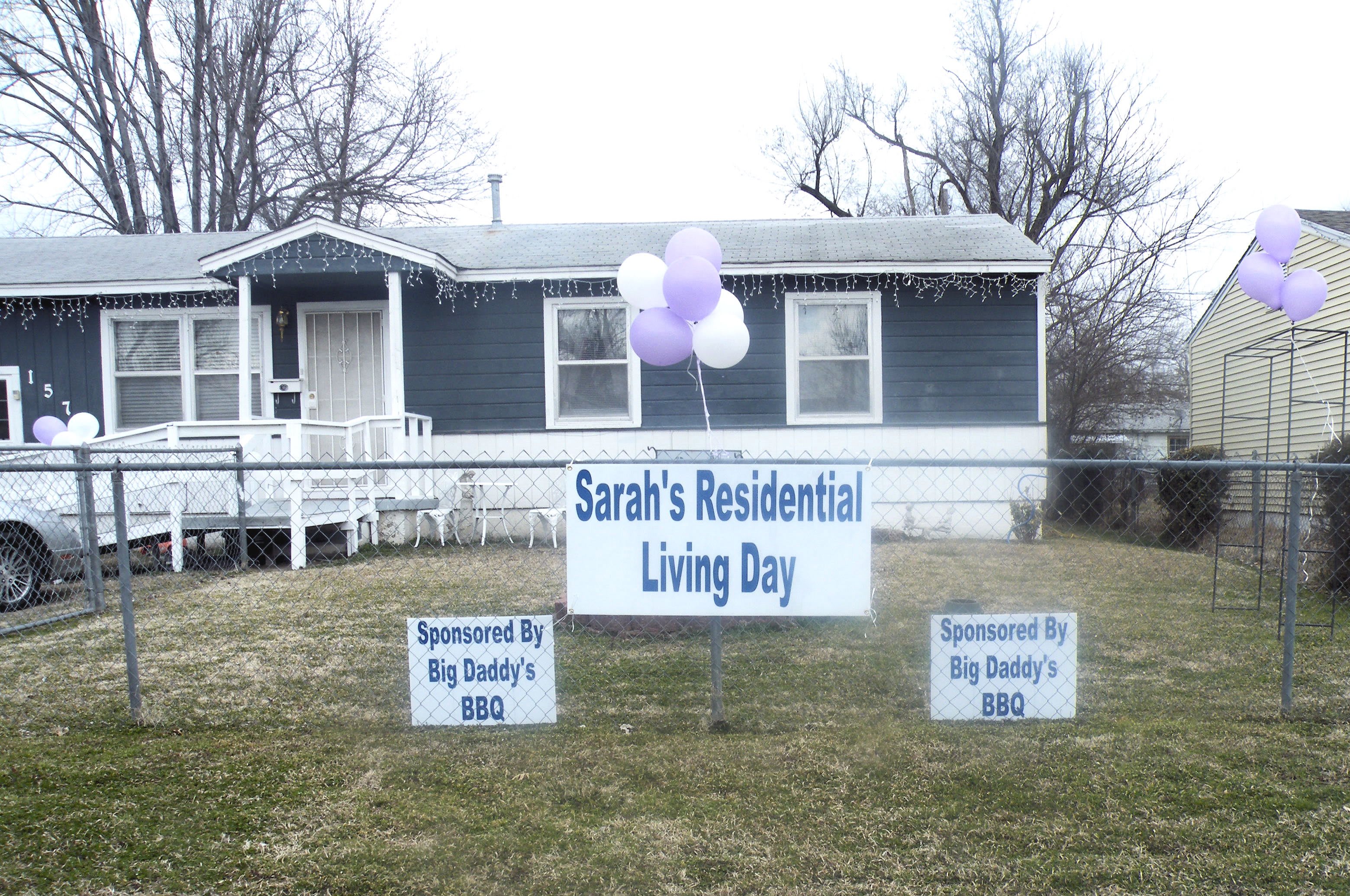
Sarahs Residential Living Home
1571 East 53rd Street North, Tulsa, OK 74126 (7.9 mi from city center)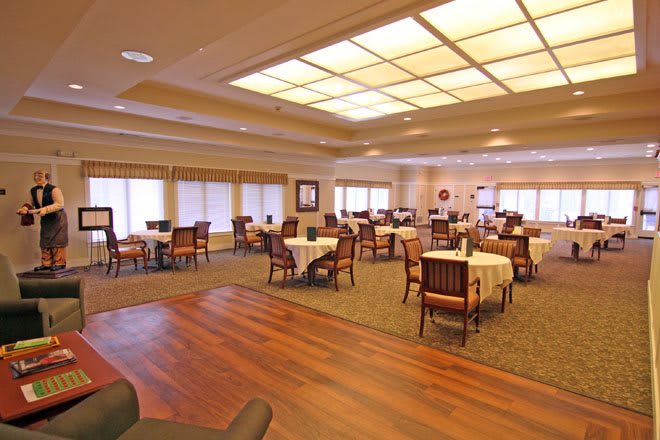
Cedar Ridge Senior Living
10107 S Garnett Rd, Broken Arrow, OK 74011 (8.3 mi from city center)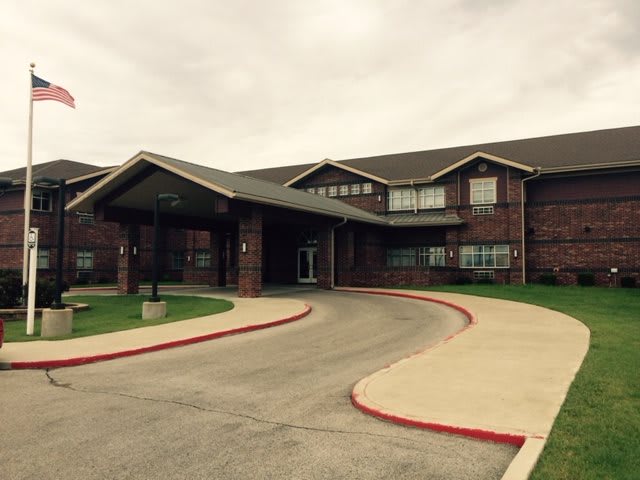
Canoe Brook Assisted Living-Catoosa
20102 East Admiral Place, Catoosa, OK 74015 (8.7 mi from city center)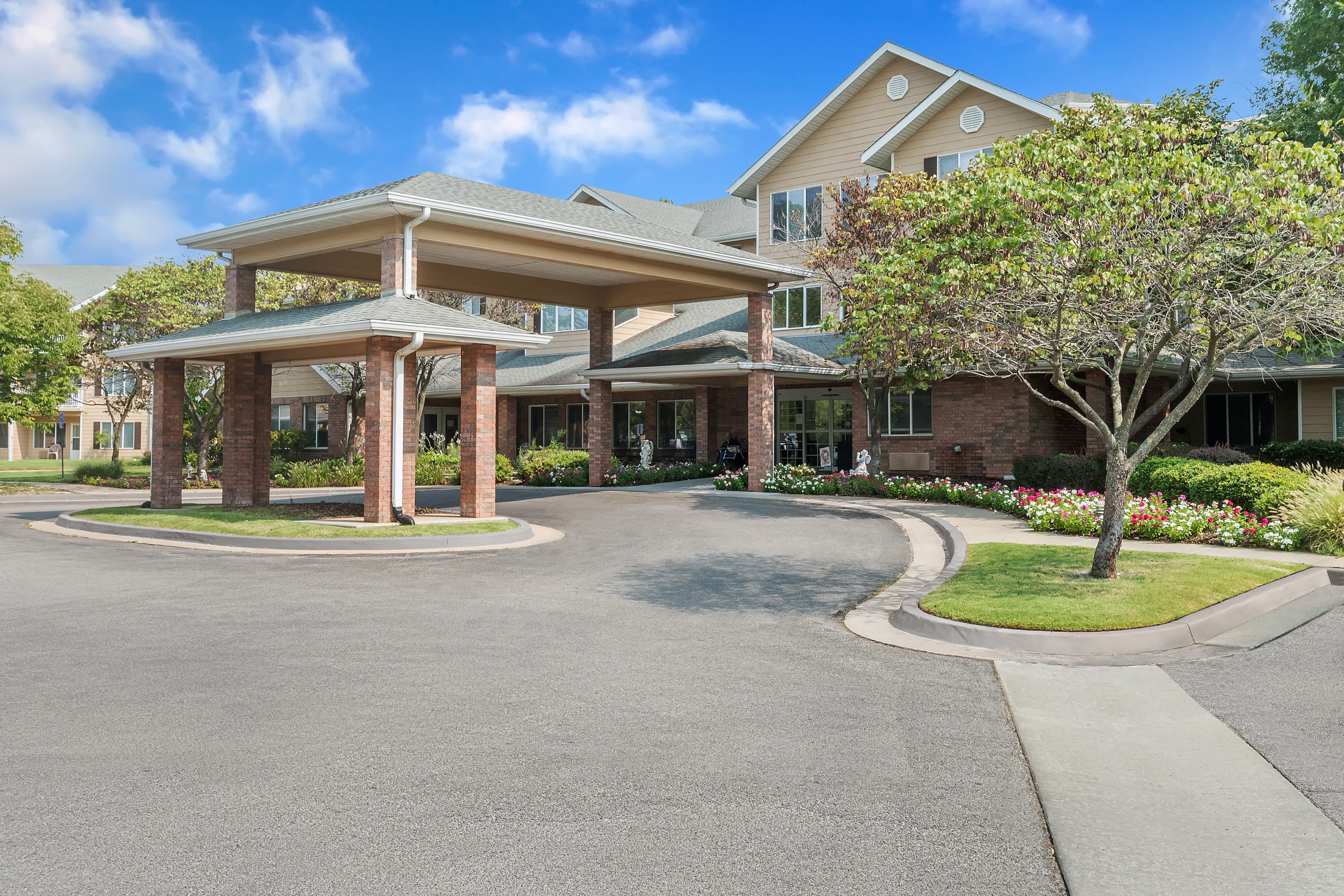
Morada Broken Arrow
2601 S Elm Pl, Broken Arrow, OK 74012 (9.2 mi from city center)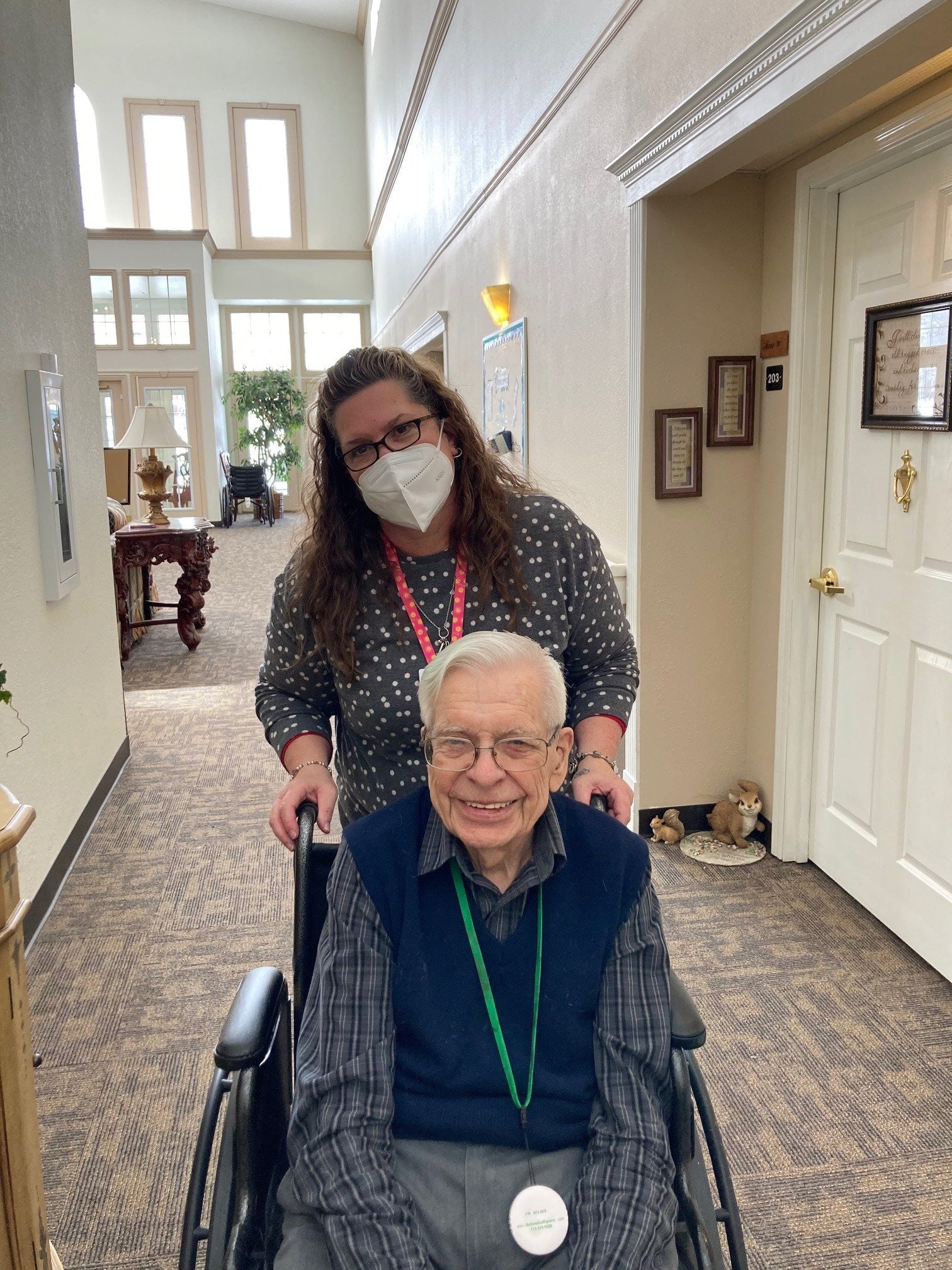
Canoe Brook Assisted Living - Broken Arrow
2621 S Elm Place, Broken Arrow, OK 74012 (9.3 mi from city center)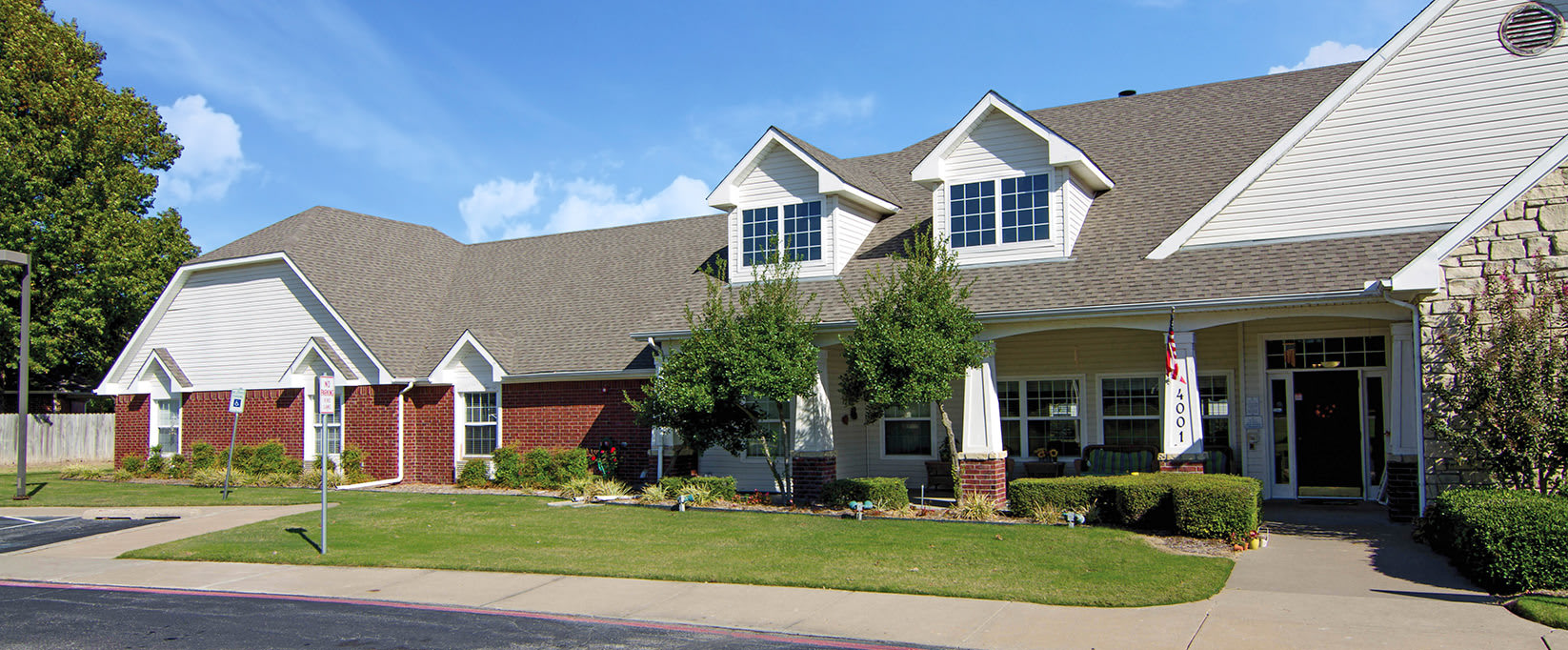
Brookdale Broken Arrow
4001 South Aspen Avenue, Broken Arrow, OK 74011 (9.4 mi from city center)Map of Assisted Living in Tulsa
Find the right senior living community by location- Bellarose Senior Living
- Beehive Homes of Broken Arrow
- Iris Memory Care Tulsa
- Sarahs Residential Living Home
- Cedar Ridge Senior Living
- Canoe Brook Assisted Living-Catoosa
- Morada Broken Arrow
- Canoe Brook Assisted Living - Broken Arrow
- Brookdale Broken Arrow
With its robust medical system and a fantastic selection of entertainment, Tulsa, Oklahoma, is a popular destination for older adults. The many quality assisted living communities located throughout the city allow older adults to continue living in Tulsa, even when they need some extra daily support.
But with so many assisted living communities available, it can be tricky to determine which community is the best fit for you. The perfect community for you should fit within your budget and offer the type of care, atmosphere, activities, and overall support that you want and need.
That’s why our team of experts spent hours researching these assisted living facilities to highlight the very best options and save you some time. We’ll cover key information that you should know about each community, as well as some helpful facts about senior living in Oklahoma.
Read on for some tips and tricks to help you narrow down your list of potential communities and ultimately choose the right community for your needs.
How We Chose the Best Assisted Living in Tulsa
With so many great assisted living communities in Tulsa, we used a detailed, thorough process to select the best contenders. We spent over 50 hours researching facilities and used the factors below to evaluate them:
- Cost: There’s a huge variation in costs in assisted living, so we tried to include communities that’ll work for different budgets. We also considered value and looked at other costs like add-on services and entrance fees. All costs listed are from community websites or conversations with facility representatives.
- Care types available: We looked at the types of care that each community offered, including whether more specialized care, such as rehabilitative and memory care, was available. We also investigated if the communities used any safety systems like medical alert devices.
- Amenities: Amenities can enhance a resident’s quality of life, so we looked for communities that included amenities like fitness centers, libraries, game rooms, and pools.
- Location: We considered how each community’s location would impact resident life. We looked for proximity to local health care facilities, as well as the distance to shopping, dining, and other destinations in the area.
- Staff: Staff play a key role in the quality of care that residents receive. We considered whether communities hired qualified, knowledgeable staff, as well as the staff-to-resident ratio that each community maintained.
- Reviews: Finally, we spent hours reading reviews to get a sense of what life in each assisted living community was like. We looked for common themes that the reviews frequently mentioned and included those themes in our write-ups to help you better understand each facility’s strengths and weaknesses.
How to Find the Right Assisted Living Community for You
Looking into these top assisted living communities is a great place to start, but you also need to find the community that’s best for you. These tips can help you to narrow down your choices and determine which community is the right fit.
- Determine your care needs. Think about the specific types of care that you currently need, including whether you need medication management, help with bathing, or some other type of assistance. It’s also helpful to think about what your future care needs may be. Finding a community that can meet your current and future care needs means you’ll be able to stay at that community long-term, rather than having to move to another community as your needs evolve.
- Identify your ideal atmosphere. Think carefully about the type of atmosphere that you’d most prefer. Do you like a lively community filled with socialization opportunities? Is it important that you find a pet-friendly community? Look for the type of setting that will make you happiest.
- Calculate your budget. If you haven’t done so yet, sit down and calculate your budget to determine how much you can comfortably spend on assisted living per month. Then, look for a community with pricing below the top of your budget, so you can afford any price increases that might occur. Remember that Medicare typically won’t cover assisted living costs, so focus on your Social Security benefits, long-term care insurance, and retirement savings instead.
- Choose your ideal location. Think about the best location for a community, such as its proximity to your current health care providers or how easily family and friends can get to the community to visit.
- Read reviews. Do some research and read reviews of each assisted living community. It’s important to understand that every community will have some negative reviews, so instead of putting too much weight in any one review, look for common themes that multiple reviews mention, instead.
- Visit communities. With your list narrowed down to a few options, visit each community. During your visits you should be able to talk to current residents and staff, and you’ll also have a chance to ask any questions. Ultimately, you’ll need to listen to your gut when deciding on the right community, but a visit can give you a better sense of what living in each community might be like.
What Is Living in Tulsa Like for Seniors?
Tulsa has a rich culture, complete with dining opportunities, entertainment, and a thriving health care system, making it an ideal location for many older adults. Here’s a look at what life in Tulsa is like for seniors:
- Climate: Tulsa experiences four distinct seasons. Summers are hot and sunny, while winters tend to be cold and windy. However, Tulsa experiences an average of 227 sunny days per year, ideal for anyone who enjoys spending time
- Health care: Tulsa has a robust health care system, encompassing major facilities like the Cancer Treatment Centers of America, Saint Francis Health System, Morningside/Hillcrest complex, and Ascension St. John Medical Center.
- Cost of living: The cost of living in Tulsa is slightly higher than average. Tulsa’s cost of living is 3 percent higher than Oklahoma City’s, though health care costs are 13 percent lower in Tulsa than in Oklahoma City.
- Activities: Tulsa is a vibrant city with many activities to choose from. There are museums, performing arts events, and dining destinations throughout the city.
- Taxes: Oklahoma uses a graduated individual income tax system, and rates range from 0.25 to 4.75 There’s no estate tax in Oklahoma, so older adults in Tulsa don’t have to consider taxes in their estate planning.
- Crime Rate: In 2020, Tulsa’s violent crime and property crime rates were higher than the national average, so older adults should consider the security systems in place in their
How Much Does Assisted Living Cost in Tulsa, Oklahoma?
According to Genworth, the median cost of assisted living in Tulsa is $5,664 per month. That’s slightly higher than the national median of $5,511 per month. While assisted living can be expensive, if you’re aware of the factors that impact your costs, you can help keep your expenses down.
The type and amount of care you need has a tremendous impact on your assisted living rates. If you have minimal care needs, you can save money, but specialized or more intensive care needs will increase your costs. Try to find an assisted living community with rates that you can comfortably afford now, so you’ll be able to handle any price increases or care changes that might arise in the future.
Your prices will also depend on your room choice. Larger, private spaces will cost more than smaller studio apartments or sharing a two-bedroom apartment with another resident.
Since there are dozens of assisted living communities in Tulsa, you’ll find some communities with rates higher than the median, and some lower. As you choose the community that’s right for you, consider not only your budget, but what services are included, whether the community has any entrance fees, and the overall value the community offers for its costs.
Senior Living Statistics for Tulsa, Oklahoma
Average Senior Living Costs by Housing Type
There are many options for senior housing in Tulsa, Oklahoma, starting at an average of $4,015 per month for independent living. Other options include assisted living at $4,822 per month and memory care at $4,865. For nursing home accommodations, prices range from a private room at $5,001 to a one-bedroom unit at $5,538 per month. Additionally, you can find a semi-private room for $5,338, a studio for $5,005, and a two-bedroom unit for $4,113 per month, offering a wide array of choices to fit different needs and budgets.
| Housing Type | Average Monthly Cost |
|---|---|
| Assisted Living | $4,822 |
| Memory Care | $4,865 |
| Independent Living | $4,015 |
| Nursing Home: Private Room | $5,001 |
| Nursing Home: Semi-Private Room | $5,338 |
| Nursing Home: Studio | $5,005 |
| Nursing Home: One Bedroom | $5,538 |
| Nursing Home: Two Bedroom | $4,113 |
Average Cost of Assisted Living in Tulsa
The cost of assisted living in Tulsa is slightly more expensive than other nearby cities at an average of $4,822 per month. For comparison, the average cost of assisted living in Kellyville is $4,608 per month, while the average cost in Prue is $4,607 per month. Additionally, Tulsa's costs exceed both the Oklahoma state average of $4,364 and the national average of $4,546 per month.
| City | Average Monthly Cost |
|---|---|
| Tulsa | $4,822 |
Here is how the average cost of assisted living in Tulsa compares to Oklahoma and the national average:
| Area | Average Monthly Cost |
|---|---|
| Tulsa | $4,822 |
| Oklahoma | $4,364 |
| United States | $4,546 |
Senior Living Availability in Tulsa
Tulsa is home to 27 of the 159 senior living communities in Oklahoma. If you expand your search to cities that surround Tulsa, there are 42 facilities to choose from. With these options, you're sure to find the perfect fit for your needs.
Tulsa
Surrounding Area
Oklahoma
Tulsa Senior Demographics
In Tulsa, Oklahoma, seniors represent a considerable 32.1% of the population, adding depth and wisdom to this community of 411,938 residents. The gender distribution slightly favors females at 51.1% compared to 48.9% male. Age-wise, the senior demographic consists of 11.1% in their 50s, 11% in their 60s, a further 6.5% in their 70s, and 3.5% who are 80 years and older. Regarding marital status, 42% of seniors are married, 16.4% are divorced, and 35.9% have never married, while 5.7% are widowed. Tulsa’s senior population showcases a diverse mix, with 60.1% identifying as White, 14.6% as Black, and 17.3% as Hispanic. Other represented groups include 4.4% Native American, 3.4% Asian, and a small Pacific Islander contingent at 0.2%. Additionally, 12.5% are of mixed race, and 4.8% identify as other, illustrating the enriching cultural composition of Tulsa’s senior community.
Population
Tulsa has a population of 411,938.- 48.9% Male
- 51.1% Female
Marital Status
- 42% Married
- 16.4% Divorced
- 35.9% Never Married
- 5.7% Widowed
Age
Seniors make up about 32.1% of the population.- 11.1% in their 50s
- 11% in their 60s
- 6.5% in their 70s
- 3.5% in their 80s
Diversity
- 60.1% White
- 14.6% Black
- 3.4% Asian
- 4.4% Native
- 0.2% Pacific
- 4.8% Identifying as Other
- 12.5% Mixed Race
- 17.3% Hispanic
Additional Cities with Assisted Living Near Tulsa
There are several cities offering senior housing near Tulsa, Oklahoma, including Broken Arrow, Owasso, and Claremore. The cheapest city in the region is Claremore, with average monthly senior living costs of $4,649. Both Broken Arrow and Owasso have similar costs, with an average of $4,822 per month.
| City | Average Monthly Cost |
|---|
| City | Average Monthly Cost |
|---|---|
| Broken Arrow | $4,822 |
| Owasso | $4,822 |
| City | Average Monthly Cost |
|---|---|
| Claremore | $4,649 |
